After leaks and some pictures of units being hauled to dealerships, Toyota Motor Philippines has made it official that the Raize is in the Philippines by having it up on their website. They’ve also sent word that anyone who wants one can check it or reserve a unit in a Toyota dealership nearest them.
Being a new model in a burgeoning segment in the Philippines, it’s interesting to see how the new Toyota Raize stacks up against its would-be rivals here. I took it upon myself to compare it, at least on paper, against the Kia Stonic and the new Chery Tiggo 2 Pro – crossovers that are in the range of the size and price of the Raize. Let’s see if Toyota’s new steed has what it takes to take the segment by storm.
First off, the price. The Toyota Raize has the lowest entry point among the three at P746,000 for the E MT but also has the highest-end model at P1,031,000 for the Turbo CVT trim. The Kia Stonic starts at P765,000 and tops at P955,000 while the Chery Tiggo 2 Pro is at P818,000.

The Chery Tiggo 2 Pro is the biggest among the three measuring 4,200mm long, 1,760mm wide, and 1,570mm tall. Compared to that, the Toyota Raize is 170mm shorter, 25mm narrower, and 35mm taller. It helps that the Raize has a 200mm ground clearance while the Stonic and Tiggo 2 Pro are close at 185mm and 186mm respectively.
However, the Raize still comes up short with its 2,525mm wheelbase, in contrast to the Chery’s 2,555mm and Kia’s 2,570mm. That means the legroom might not be as generous as its competitors, but we’ll have to see the actual car.
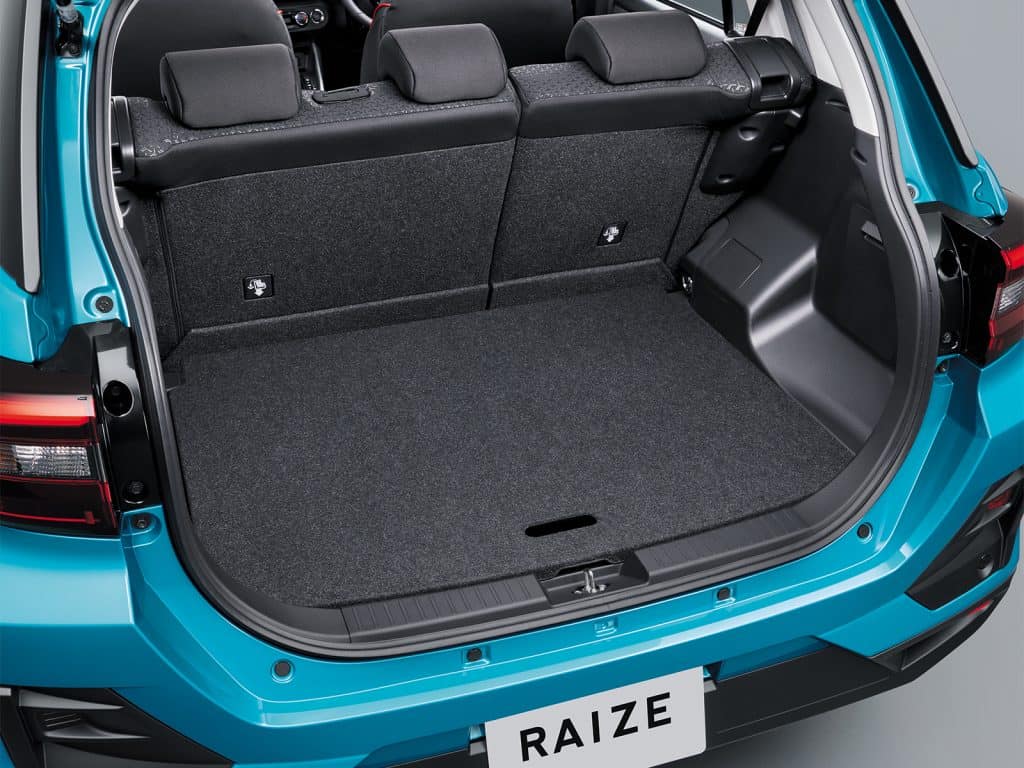
As for cargo with the rear seats up, the Raize carries 369 liters against the Stonic’s 325 and the Tiggo 2 Pro’s 420 liters.
For exterior amenities, standard across all Raize variants are daytime running lights, halogen fog lamps, LED taillights, rear spoiler and fin type antenna. The Tiggo 2 Pro also has LED taillight and DRLs and makes up for its halogen headlights by making it automatic and having manual leveling adjustment. For the Stonic, it also tops out with projector halogen headlights, but only the top-trim has LED DRLs. It’s also worth noting that the Raize is the only one without roof rails.
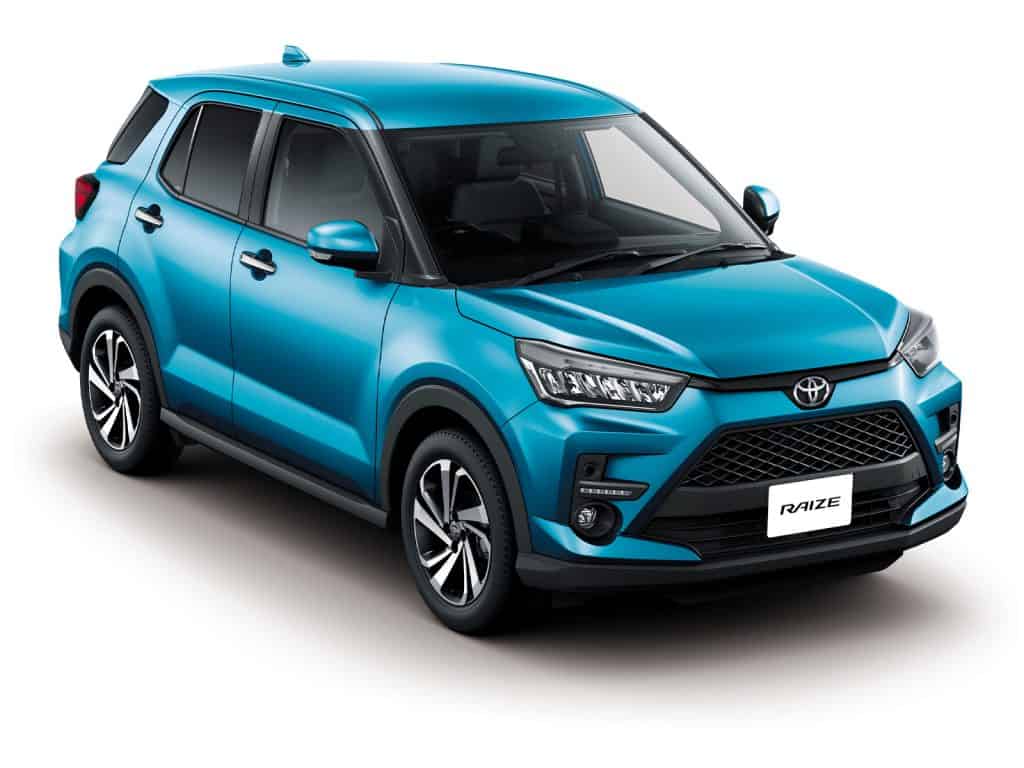
Still, the Raize becomes more handsome as it gets split-type LED headlights, sequential LED turn signals, and auto-folding side mirrors even with the mid-variant. The only advantage of the Turbo CVT is the two-tone body color and slightly bigger, 17-inch two-tone alloy wheels. Its other variants, just like the Stonic and Tiggo 2 Pro, get 16-inch wheels.
Things get more interesting when it comes to the interior. For starters, the Stonic and Raize have fabric seats but the Raize Turbo CVT has fabric and leather, just like the Tiggo 2 Pro. All crossovers feature audio, vehicle info, and phone controls on the steering wheel but the Tiggo 2 Pro has an additional cruise control button, while the Stonic is the only one not wrapped in leather in its top variant.
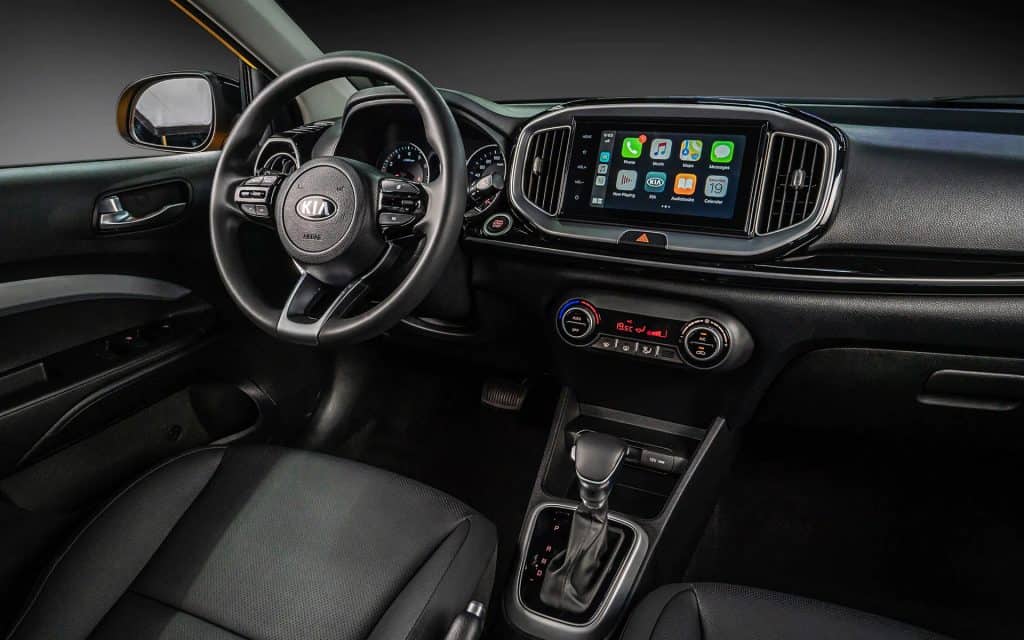
Other similarities across the three include 6-way manual driver’s seat, 4-way manual for the front passenger, day and night rear view mirror, and touchscreen with Apple CarPlay and Android Auto except for the Tiggo 2 Pro that only has CarPlay. It’s paired with 6 speakers for the Stonic, 6 or 4 for the Raize (depending on the variant) and only 4 speakers for the Chery.
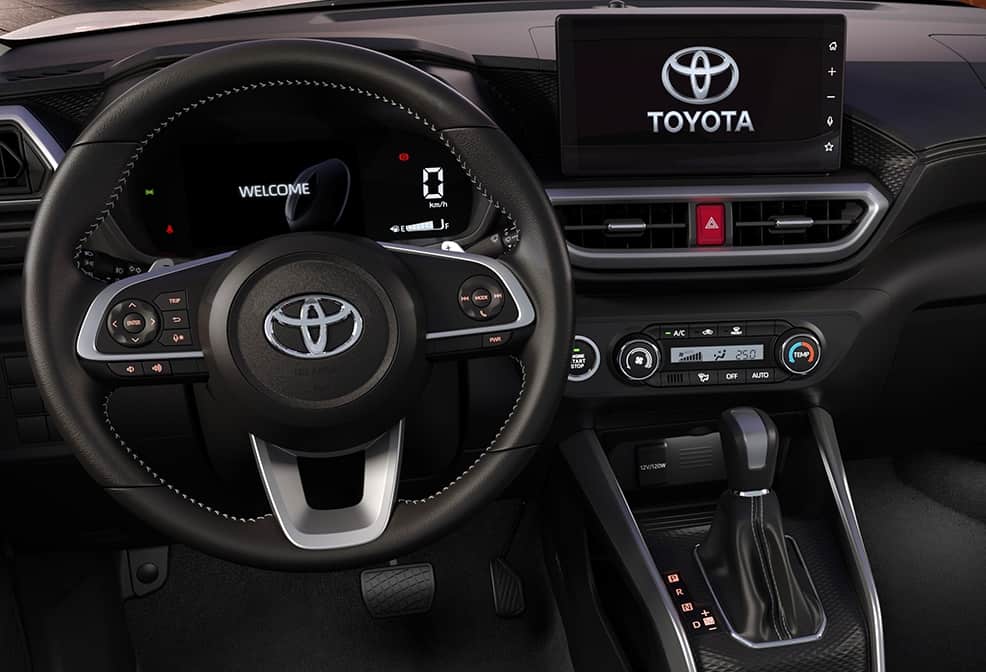
Push start button is standard on the Tiggo 2 Pro while the mid and top variant of the Raize and top trim of Stonic also has it. Automatic climate control also made its way to the Stonic’s top trim and the Raize’s upper variants, but the Toyota keeps a leg up with its digital gauge and paddle shifters.
The Stonic becomes vanilla when it comes to safety and tech. It has front airbags, ABS, rear camera, keyless entry and ISOFIX as standard. Only the top EX variant gets the smart keyless entry, electronic stability control, hill start assist, rear sensors, and immobilizer.
On the other corner, the Tiggo 2 Pro can give you front airbags, ISOFIX, immobilizer, ABS, and keyless entry but has additional remote engine start, tailgate remote unlock, reverse camera with guide lines, rear sensors, and cruise control.
The Raize is accommodating when it comes to safety. They made front airbags, ABS, stability control, hill start assist, child seat tethers, immobilizer, speed sensing door locks, and rear sensors as standard across all variants. Upper variants get rear cameras with guide line and an alarm. The top variant gets pretty loaded with blind spot monitoring, rear cross-traffic alert, 6 total airbags, and additional front sensor.
Finally, the powertrain differences. The Raize gets a 1.2L engine with 87hp and 113Nm of torque, paired either to a 5-speed manual or a CVT. Its top trim gets a 1-liter turbo engine with 97hp and 140Nm of torque coupled to a CVT.
Meanwhile, the Kia Stonic has a 1.4-liter engine with 99hp and 132Nm of torque, paired to a 6-speed automatic. The power decreases to 94hp when alongside a 5-speed manual. Lastly, the Tiggo 2 Pro is also a non-turbo crossover with a 1.5-liter engine that puts out 108hp and 140Nm of torque, with a CVT.
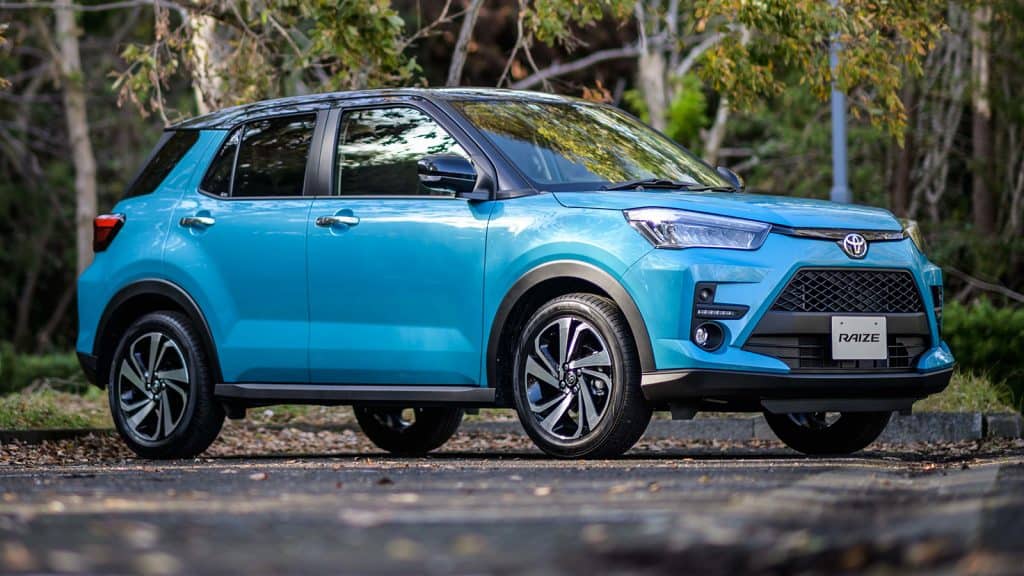
The Toyota Raize costs P746,00 for the E MT, P816,000 for the E CVT, P906,000 for G CVT, and P1,031,000 for the Turbo CVT. Even with the base model you’ll still get a sleek DRL, audio controls on the steering wheel, keyless entry, speed sensing door locks, Apple CarPlay, Android Auto, and a good set of standard safety features. Combine that with the starting price that’s not far from the top-of-the-line small hatchbacks and it’s likely that Toyota Motor Philippines will have a new name as their bestseller.
(Editor’s note: This is just an on-paper comparison of the three cars’ specs. We’ll reserve final judgment as to how they rank once we’ve tested the Toyota Raize.)

